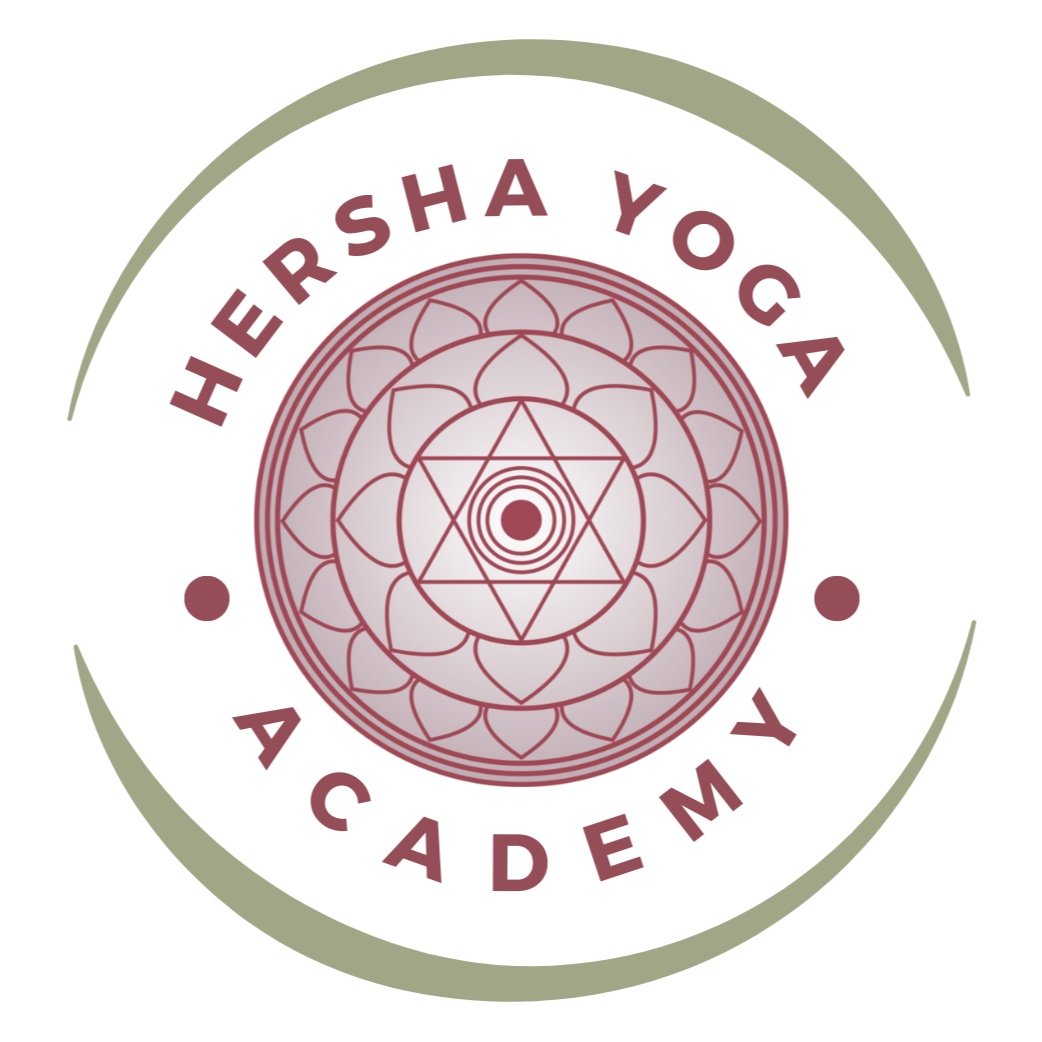Does a gentle yoga practice produce results?
A gentle yet regular practice brings profound results to body and mind.
When I was 18 years old, I discovered that I had a torque in my spine. A small twist along the spinal column that was not anything serious or even close to being diagnosed with scoliosis. Never-the-less the torque was the cause of many a headache and stiff neck that came and went every few weeks. I sought chiropractic therapy to help realign my spine, and while it helped immensely, I had to repeatedly go back for relief, as the pain would return again and again. Apart from my regular visits to the chiropractor, I never paid any attention to my neck or head and simply popped a painkiller when needed.
This pattern repeated itself for about six years until I rediscovered my love for yoga and started to practice yoga on a regular basis again. The style I was most fond of was the Integral Yoga Basic Hatha class -- a very simple and gentle, yet extremely effective, style of yoga. Without even realising it, my headaches slowly disappeared. After four weeks of daily hatha yoga practice, I returned to the chiropractor for my follow-up visit and to his surprise, the torque in my spine was about 65 percent less than what it was before. When we discussed this, I of course informed him of my new practice and he told me to keep it up and then I wouldn't need to see him any more.
So I continued my daily practice and found other parts of my body started to work better each day as well. My menstrual cycle changed, making my periods much more manageable and lighter, and soon I was off the painkillers forever. This whole process took a dedicated eight weeks of non-stop practice and it worked. What's more, I lost about 5 kilos without dieting. I was in no way straining my body... I actually took it very easy as my body was very tight and holding advanced postures was either impossible or too uncomfortable. I adopted a very gentle therapeutic style of yoga as my personal practice, and I found that after about 6 months of this soft yet dedicated practice, I could very easily get into advanced postures with very little forcing or effort. I found the same approach to produce similar results with my students.
Benefits of a Gentle Practice
Therapeutic yoga uses a gentle form of yoga as medicine. It is a slow, steady form of yoga... results are not immediate but long lasting. The amount of time it takes the body to get to a certain state, it takes the same amount to reverse it.
When I began teaching, my classes for some reason were never full of young and fit yoga practitioners, but those who suffered from physical issues, including heart disease, high blood pressure, arthritis, as well as recovering from surgery. I found that the best approach of yoga was as a therapy. My responsibility was to gently guide each individual into a comfortable posture where they could feel a stretch, but were never over tired or in pain. Part of what I loved about the Integral Yoga Basic Hatha class was that the class comprised a standard set of 12 postures, so participants could track their progress.
Theraputic yoga uses the gentle side of yoga as a medicine. It's a slow, steady form of medicine. The amount of time it takes the body to be get to a certain state, it takes that same amount of time to reverse it. Results are not immediate, but when they come, it’s long lasting -- the body does not easily slip back into its old form of functioning. Yoga as a therapy is designed for those of us who are stiff, inflexible, misaligned and diseased. Its purpose is to make us feel better, more relaxed, more able to work with, rather than against, the body. When the body is compromised, whether through an injury, regular wear and tear, or with disease, yoga works to reverse the conditions, provided it's practiced very gently. Yoga therapy is a long-term practice or even a lifestyle choice and the results have a permanent effect on the body.
Yoga as a therapy requires each person to go to their comfortable limit... no forcing, no over-stretching, no straining and definitely no comparing yourself with the person next to you in a class. As a muscle stretches, it's natural reflex is to contract to protect the muscle from tearing. The body signals to us when to stop stretching. Our minds are conditioned to perform and to "reach goals" so many a time, an individual would choose to ignore this signal and continue stretching. With yoga therapy, the idea is to stop as soon as we get the signal (even if we've hardly moved a centimetre) and to relax. Naturally, the body learns to trust that the movements and postures are not going to cause further injury and then opens up and realigns itself, slowly but surely, enhancing its function.
Many times students would comment that they didn't sweat in the yoga class and wanted to know if they were receiving any benefit. I simply told them to note how they felt before and after the class. Always, the answer was that they felt more relaxed and at the same time more energised. Over time, many of them who couldn't even touch their toes are now achieving more advanced postures with ease. That's the beauty of yoga therapy.
Although those requiring yoga therapy may not ever perform advanced postures, the purpose is to function with ease. My yoga master, Sri Swami Satchidananda, would always stress the importance of having a "body full of ease... not dis-ease." He also said, "what's the use of standing on your head if you can't stand on your own two feet properly?"


